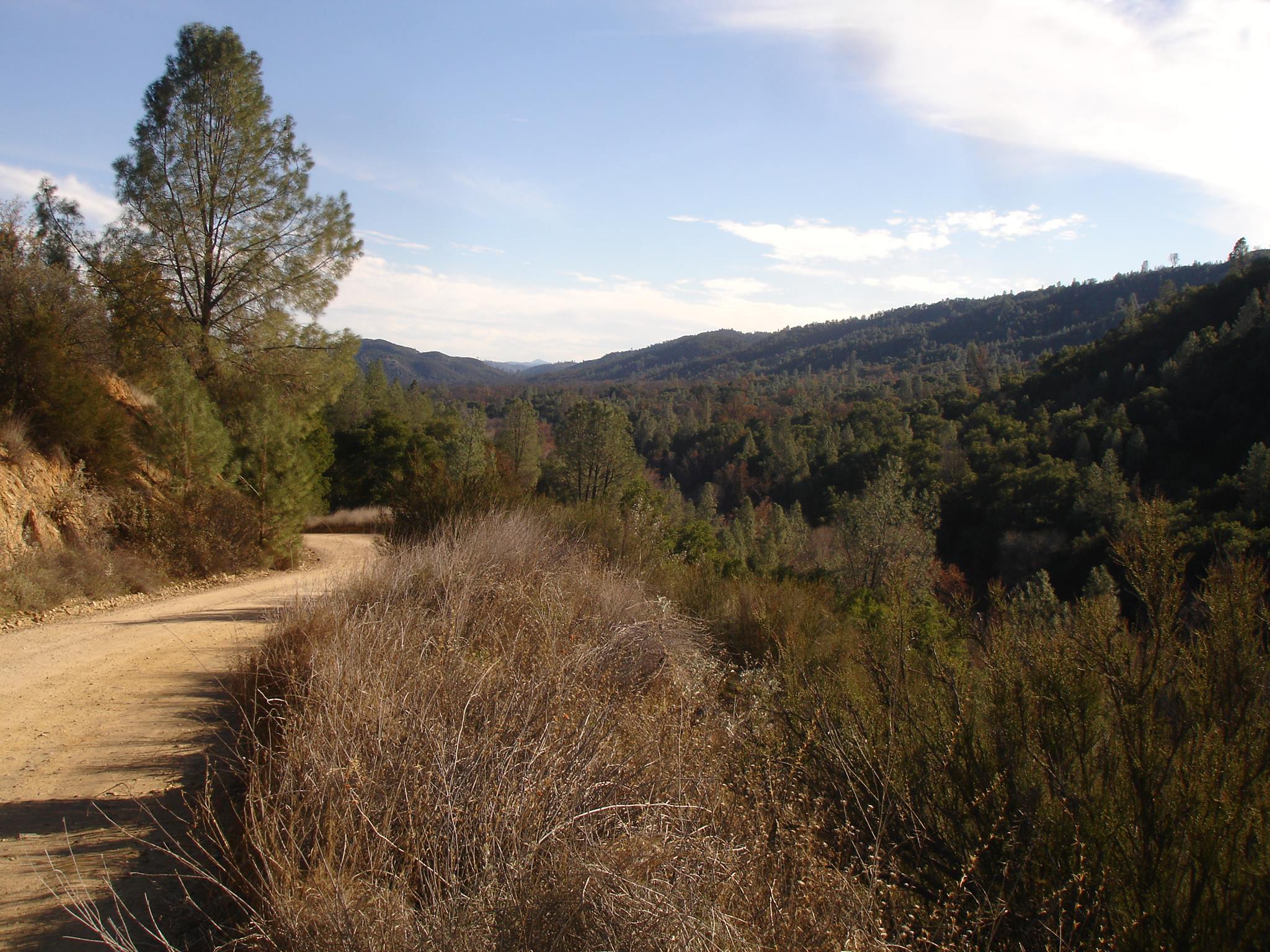Kawaiisu
The traditional Kawaiisu language area is in the southern Sierra Nevada, in the Tehachapi and Piute Mountains. In pre-contact times, there may have been 500 speakers of Kawaiisu (Kroeber 1925). In the 21st century, there are fewer than a dozen speakers (Golla 2011). However, tribal members and language activists have been pursuing language revitalization and reclamation (Kawaiisu Language and Cultural Center). Kawaiisu is a member of the Numic branch of the Uto-Aztecan language family. Within Numic, it is most closely related to Chemehuevi-Southern Paiute-Ute, spoken in southeastern California and throughout Nevada, Utah, Colorado, and Arizona. More distantly, it is related to Panamint, Shoshone (spoken throughout Nevada, Idaho, Utah, and Wyoming), Comanche (spoken mainly in Oklahoma, Texas, and Arizona), Mono, and Northern Paiute. The other Uto-Aztecan languages of California are Tubatulabal and the Takic languages (Cahuilla, Cupeño, Gabrielino, Juaneño, Kitanemuk, Luiseño, Serrano, and Tataviam).
Selected archival materials at Berkeley
Selected materials in other archives
Further reading
- Garfinkel, Alan P. and Williams, Harold. 2010. Handbook of the Kawaiisu. Bakersfield: Archaeological Associates of Kern County.
- Golla, Victor. 2011. California Indian languages. Berkeley: University of California Press.
- Zigmond, Maurice L. 1980. Kawaiisu Mythology: An Oral Tradition of South-Central California. Malki-Ballena Press.
- Zigmond, Maurice L., Curtis G. Booth and Pamela Munro. 1990. Kawaiisu: A grammar and dictionary with texts. Berkeley: University of California Press.
